[We continue to develop what we learned last November at our 2019 convention, “Creating Opportunities: Leadership to Ignite Movements and Momentum,” with Rebecca Bowers Sipe, who shares how she developed professional relationships between in-service and pre-service teachers.]
When I decided to return to teaching English methods classes at Eastern Michigan University after ten years in administrative work, I did so with lots of excitement—and a good dose of trepidation. A sabbatical afforded time for a needed deep-dive into current young adult literature and new professional research in the field. I had been an active member of the National Council of Teachers of English (NCTE) and Conference on English Leadership CEL) throughout my time away from full-time teaching, so I felt confident in my personal teaching skills. And, of course, I loved interacting with students. So why did I continue to experience a shadow of concern?
“Teaching is like riding a bicycle! Once you are in motion everything will come back!” my husband reassured me. Yet, from the very first day, I felt tension as I struggled to align my own teaching behaviors to my beliefs. While it’s true that many of the basic skills needed for setting up a successful learning environment do come back, so much of teaching future teachers involves creating a delicate balance between the utopian and real. Often, I pondered how to adequately challenge the thinking of methods students through reading and discussion of best practices while also preparing them for the challenge of putting theoretical knowledge to use in real secondary classrooms.
Each week I found myself reaching out to secondary teacher friends to check my understanding of their current day-to-day lived reality. I found myself thirsty for those conversations and greedily accepted their offers to visit with my students in our classroom or by video chat.
Two fortunate things happened as November rolled in. First, a conversation with a current student reminded me of how many outstanding teachers and authors I know in the profession from all my years at NCTE and CEL. This student was awed that I had talked with Penny Kittle and Kelly Gallagher (two of our assigned authors), but also that I could direct her to so many teachers nearby who were gifted writing or literature or debate instructors. Second, the annual NCTE and CEL conventions were scheduled for the week before Thanksgiving, and I had the opportunity to attend. Perhaps it was the coming together of those two things that helped me see how important it might be for me to connect each of my current students with an outstanding English language arts teacher somewhere in the country who could share responses to a preservice teachers questions, offer reality-based perspectives on the issues we discussed in class, and help these soon-to-be teachers to understand the critical need to stay professionally engaged.
At NCTE and CEL that November, I approached 20-25 of the best teachers I know. My request to each was to serve as an “email mentor” for one preservice student for a semester. My plan was that each week the students and I would be addressing specific topics in class that were critical to teaching at the secondary level: Examples included how to select and teach powerful adolescent literature, how standards and standardized testing might be impacting teaching, and the critical role of teaching for social justice. It was important, I felt, to not be the only voice of authority in the room. Years with the National Writing Project (NWP) had shown me that there are many ways outstanding teachers can approach a problem! With over 20 mentors in the program, I anticipated that we would hear lots of variation in approaches to the questions we were exploring, and I welcomed the opportunity to build on those perspectives to create a rich learning environment.
I also hoped the mentorship would be a two-way learning process. So often outstanding educators find themselves feeling alone in their classrooms or schools. Particularly teachers who enjoy change may find themselves at odds with principals and other teachers who prefer to “not rock the boat.” My goal was to provide an outlet for teachers to reflect and celebrate their own teaching as they helped a future colleague. We were blessed to have mentors from Illinois, Kentucky, Pennsylvania, and Michigan (both lower Michigan and the Upper Peninsula). Some mentors were from affluent, suburban districts while others were from smaller and more rural environments. Some served highly diverse student populations while others worked with relatively homogeneous populations. This diversity afford opportunities for preservice teachers to benefit from the experiences of teachers in highly varying circumstances.
During our first meeting in January, I described the process to my students, and prior to the second class I emailed each student and the student’s mentor to make introductions and formalize our process. We established a protocol of starting each class with the question “What did you learn from your email mentor this week about….?” Within two weeks, I had to consciously limit the time for conversation! Having the opportunity to reflect back to our readings and previous conversations about assessment, for example, and then enrich that conversation with information from half a dozen or more perspectives representing multiple lived realities of secondary teachers created an amazingly rich opportunity for the class to meld the theoretical with the practical of teaching in more dynamic ways than I could possibly have done alone in my classroom.
How did this work for students at the preservice level?
Overall, mentor teachers were remarkably generous with their time. I had stressed to my students that mentors were engaged in this relationship as an act of love and on top of everything else their job required; they received no compensation for this work. In addition, because of the distances involved, potentially all communication would occur digitally. Even with those limitations, the range of communication was amazing.
From response to student questions about how to approach sensitive literature focused on social justice to how to create a curriculum that is relevant to students while still meeting locally or state imposed standards, mentors provided honest and sometimes difficult to hear feedback. In addition, pre-service students heard repeatedly about the importance of continually growing in one’s profession. NCTE, CEL, NWP, and local interest groups peppered the conversations as mentor teachers demonstrated how they seek out vital growth experiences and how those experiences have enabled them to thrive across careers.
One of the pieces of literature methods students were reading was Angie Thomas’ The Hate U Give. This book, among others, fueled an interest in developing units of instruction that focused on social justice. Deb Marsh, high school department head from Dexter, Michigan, offered her mentee needed but difficult response to Jessica’s first four-week social justice themed unit. In doing so Deb offered encouragement but also shed light on just how fragile high school students are and how that may impact plans for difficult conversations.
Lillia describes her professional development conversation with Paula Diedrich who teaches middle school in the Upper Peninsula of Michigan sharing: “I learned that she is maybe the most professionally engaged person I have ever met…She is doing professional engagement all the time. She is not only constantly attending professional engagement events, conferences, and clubs, but she is also constantly presenting at them as well! I counted all of her professional development things that she mentioned, and it is seven different things that she participates in consistently!”
How did this work for mentor teachers?
Paula Diedrich is recognized as a powerhouse in her district. I had met Paula through the National Writing Project where she is very involved as a teacher leader. Paula shared, “I loved this ‘requirement’ to reflect upon my own teaching each week. I searched for an email from her [Lillia] this past Saturday as responding to her questions became part of my Saturday morning routine these past few months. Her emails were similar to having a Book Club meeting and forced me to sit down and get it done.”
Chris Bronke, teacher and department chair at Downers Grove North High School in Illinois, shared with his mentee the transition he had made from a mostly teacher-driven to a student-focused classroom. As an active member of CEL (currently Associate Chair), he had previously shared the challenges of teaching about privilege though he, himself, would not be considered lacking in privilege, pointing out the necessity of honestly learning alongside his students in a trusting relationship.
Though not all email mentor relationship provided the same rich quality experience, the overall value to the classroom conversation was powerful. Not only were students able to secure feedback on their questions and planning, they were collectively able to see how different teaching might be from one state or region to the other.
Benefits to the methods classroom experience
I am forever grateful to the teachers who participated in this project. They not only allowed pre-service students to share a glimpse into their classrooms, they also allowed me to continuously check and re-check my own reactions and approaches to a host of issues. I’ll admit that setting up a project such as this takes some effort. And, dealing with the students who might not have as fruitful experience as others requires some delicate interventions. However, the benefits to the methods classroom was irreplaceable, offering opportunities for authentic feedback, diverse perspectives, and multiple testimonies as to the importance of professional involvement.

Recently retired, Rebecca Bowers Sipe, is a 25 year veteran of the Anchorage School District in Anchorage, Alaska and a 23 year veteran of Eastern Michigan University where she taught English Methods classes. Becky has been an active member of NCTE, NWP, and CEL for many years, serving in various elected capacities.
 Dr. Elsie Lindy Olan, associate professor and track coordinator for Secondary English Language Arts in the School of Teacher Education in the College of Community Innovation and Education at the University of Central Florida, researches the role of language and writing, literacy, literature and diversity in learning and teaching in Language Arts education and cross-disciplinary education, and teachers’ narratives, inquiry and reflective practices in (national and international) teaching environments and professional development settings. Her work has been published in
Dr. Elsie Lindy Olan, associate professor and track coordinator for Secondary English Language Arts in the School of Teacher Education in the College of Community Innovation and Education at the University of Central Florida, researches the role of language and writing, literacy, literature and diversity in learning and teaching in Language Arts education and cross-disciplinary education, and teachers’ narratives, inquiry and reflective practices in (national and international) teaching environments and professional development settings. Her work has been published in  Lauren Wilkie
Lauren Wilkie


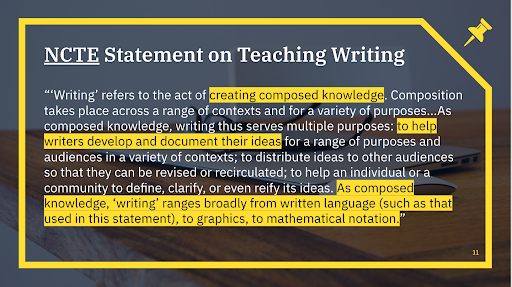
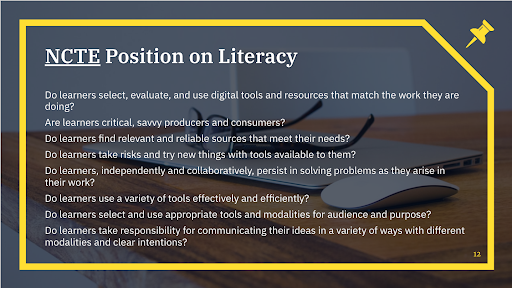

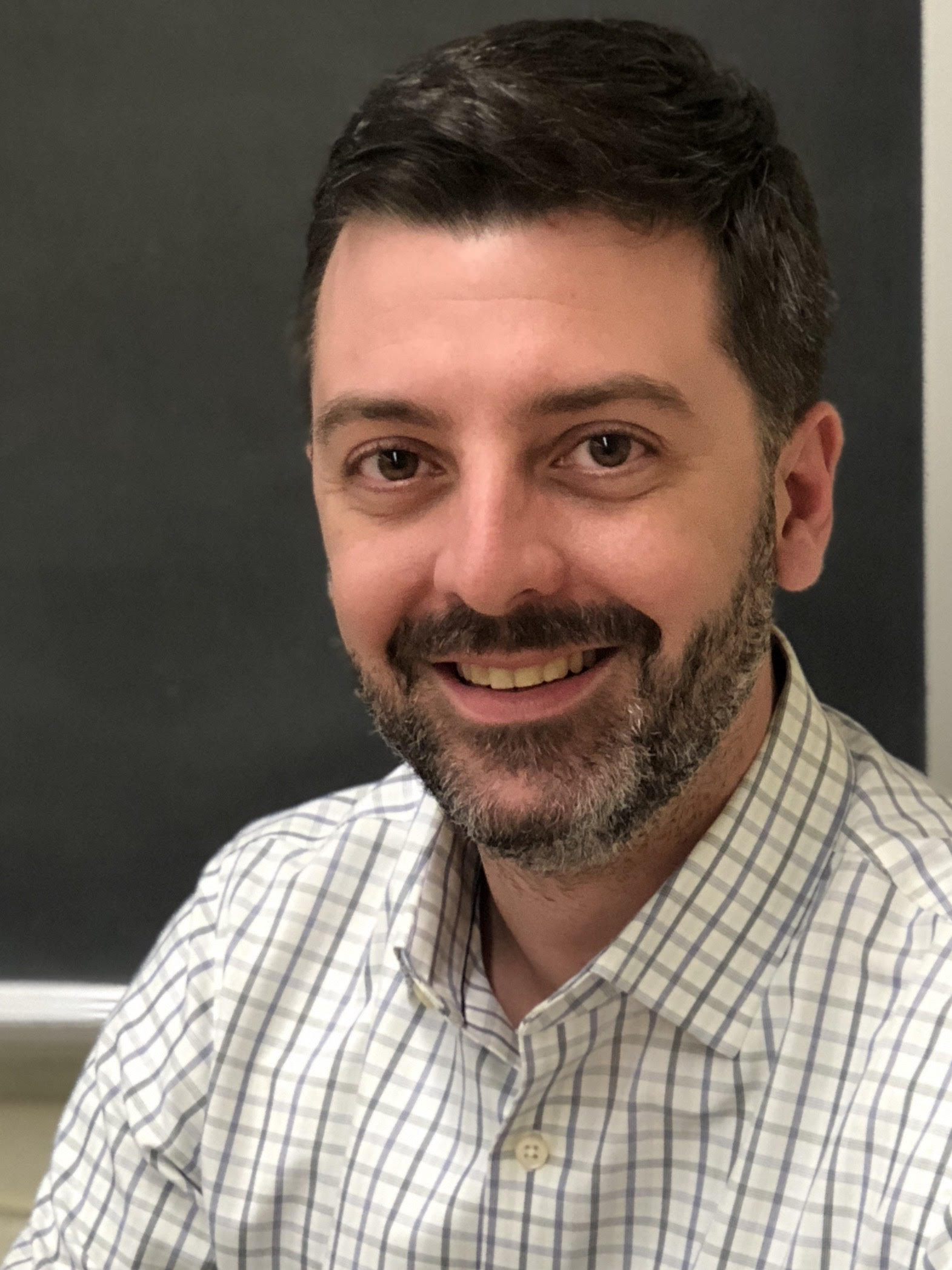 Jeff Krapels is a high school English and journalism teacher in northern New Jersey. He is the chair of his school professional development committee, the co-chair of his district’s regional professional learning board, and a technology coach in his building. Outside of his home district, Jeff is a member of NJCTE, NCTE and CEL, and he presents at conferences at both the state and national level. He also writes about education topics for sites like Edutopia and at his personal blog
Jeff Krapels is a high school English and journalism teacher in northern New Jersey. He is the chair of his school professional development committee, the co-chair of his district’s regional professional learning board, and a technology coach in his building. Outside of his home district, Jeff is a member of NJCTE, NCTE and CEL, and he presents at conferences at both the state and national level. He also writes about education topics for sites like Edutopia and at his personal blog 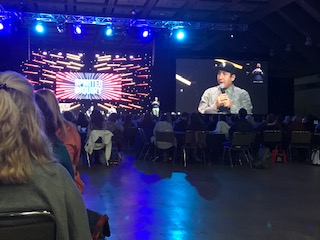
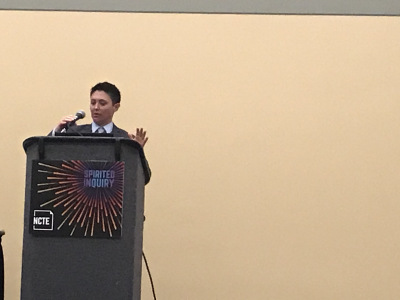





 by Dana Stachowiak
by Dana Stachowiak





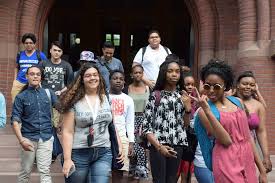
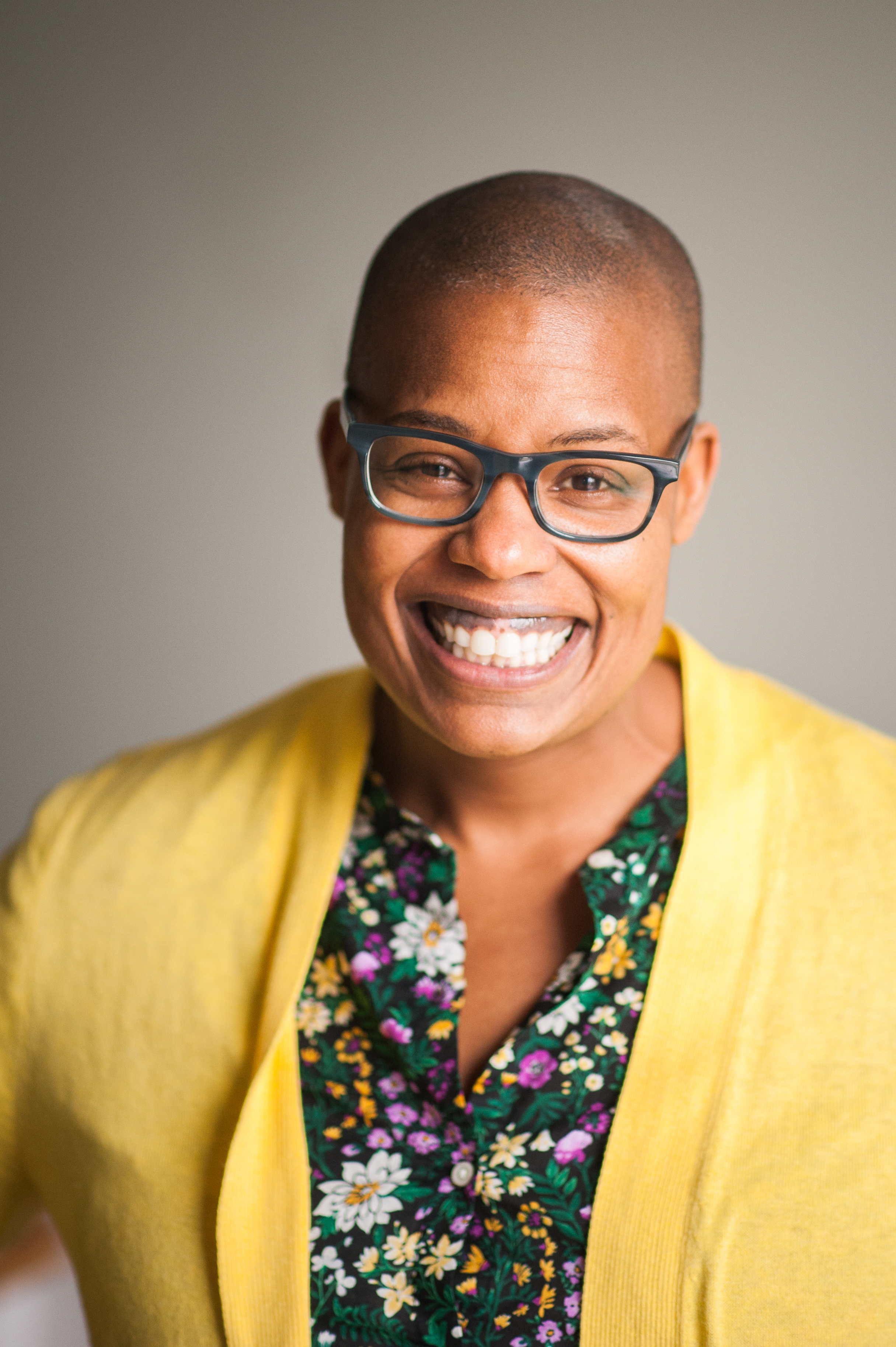



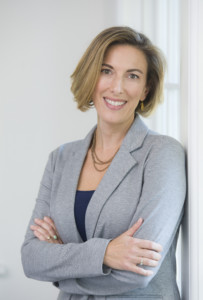 Berit Gordon taught in NYC public schools and in the Dominican Republic prior to her literacy coaching work. She is a graduate and former adjunct professor at Teachers College, Columbia University. Her recent book,
Berit Gordon taught in NYC public schools and in the Dominican Republic prior to her literacy coaching work. She is a graduate and former adjunct professor at Teachers College, Columbia University. Her recent book,